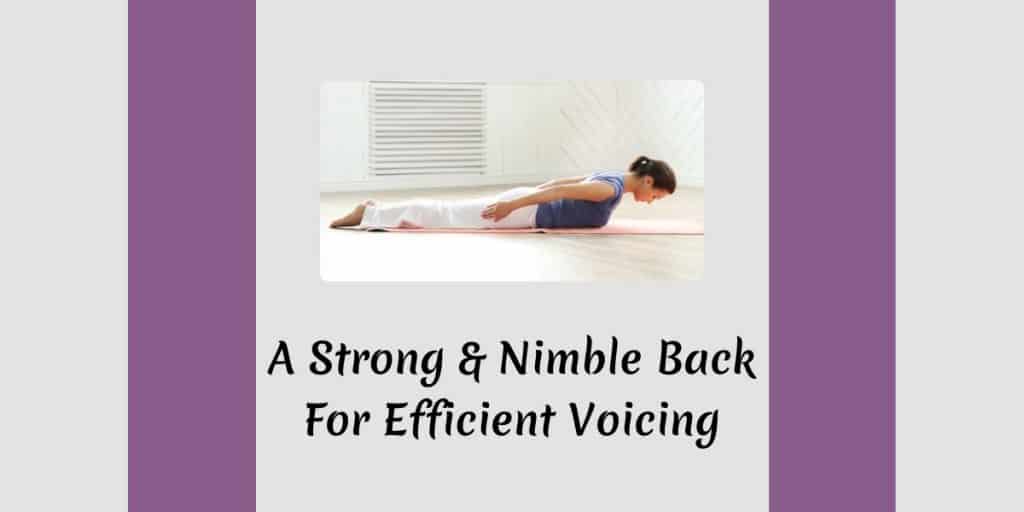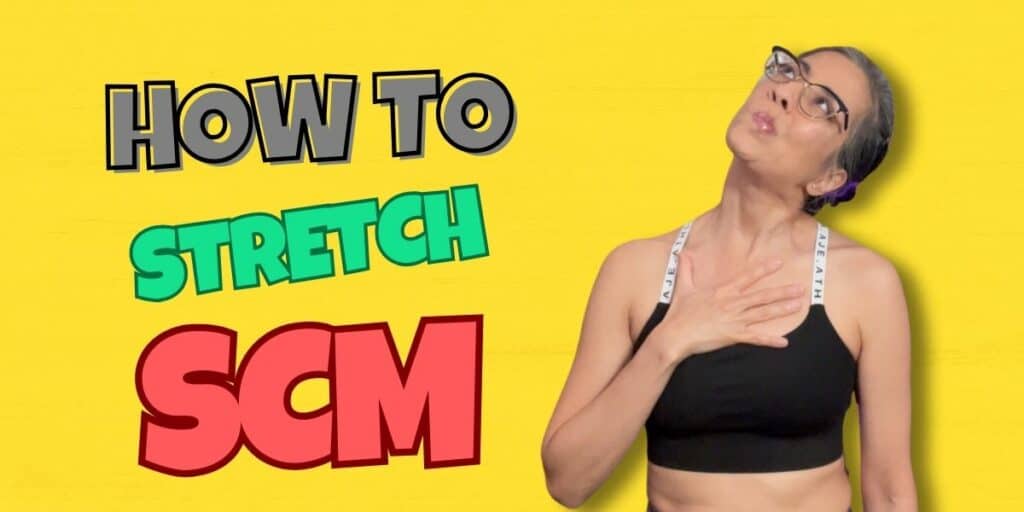The Importance of Efficient Breathing
Breathing and voicing are intimately related. Whilst you can breathe without voicing, you cannot voice without breath!
Breathing is something we all have to do, it’s something we do without thinking. In fact, whenever you starting thinking about your breathing, it has a tendency to feel all weird and uncoordinated. As professional voice users, having effective breathing is crucial for efficiency voicing and performance. For singers, if you don’t get your breath right, you won’t hit that high note, you won’t hold that long note, you may even run out of breath to finish the phrase! And if you’re doing a presentation, it is not entirely desirable to have shortness of breath/ shallow breathing ruin your delivery of a strong message or make your appear not confident! Having effective and efficient breathing is vital for all professional voice users.
There’re many different of aspects of breathing that affect the efficiency of your breath and in this post I shall focus on the optimal position for breathing.
Optimal Position for Breathing
There’re optimal positions for every part of your body to function at its best for any given task, these are positions that require the least amount of effort and also has the least amount of resistance. For example, to get out of a chair, the easiest way is to have your shoulders and knees directly over your feet, this is the optimal position for your muscles and joints to straighten up your legs. It is much more difficult, though not impossible, to get up with your legs stretched out in front of you, this is why it’s hard to get out of a lounge, especially one that’s low, soft, and deep.
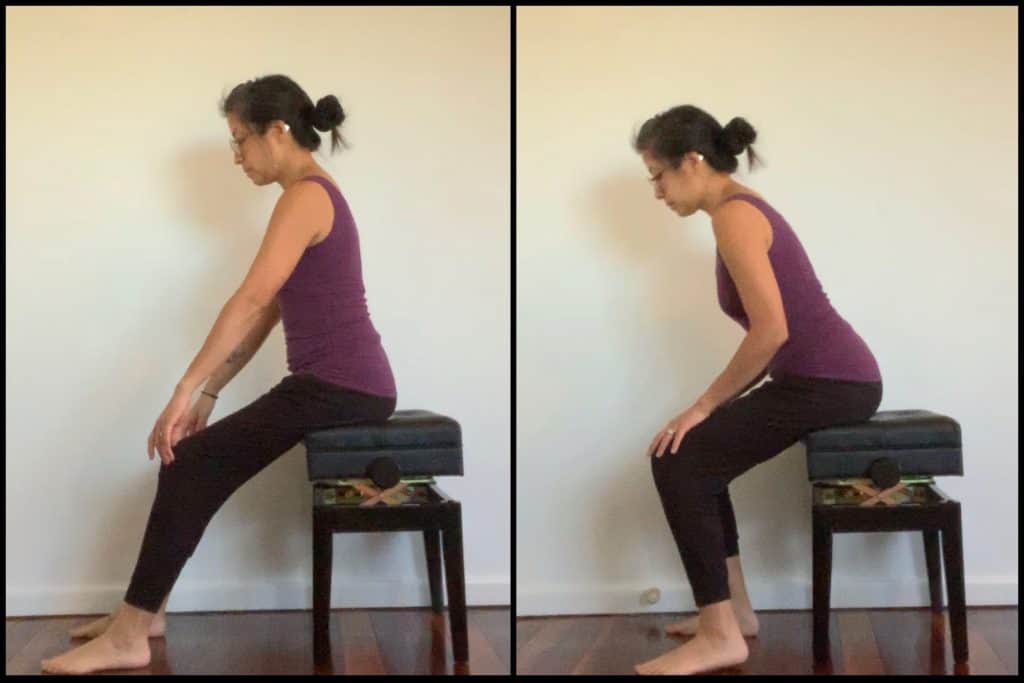
Optimal Position to Get Out of a Chair
Left: Hard to get up with legs stretched out
Right: Easy to get up with shoulders and knees directly over feet.
For breathing, an optimal position for all the components to work is when you’re in a relaxed, upright position. Try this out! Sit relaxed and upright and breathe quietly through your nose, notice how little effort this requires and how easily and gently your belly rises with each inhalation. Now slouch and continue to breathe through your nose, notice how it is immediately heavier/ tighter? Your air is now mainly in your upper chest and there’s resistance for your belly to rise. Now go ahead and drop your head right down, your air is even higher than before and there’s also more resistance, not efficient at all.
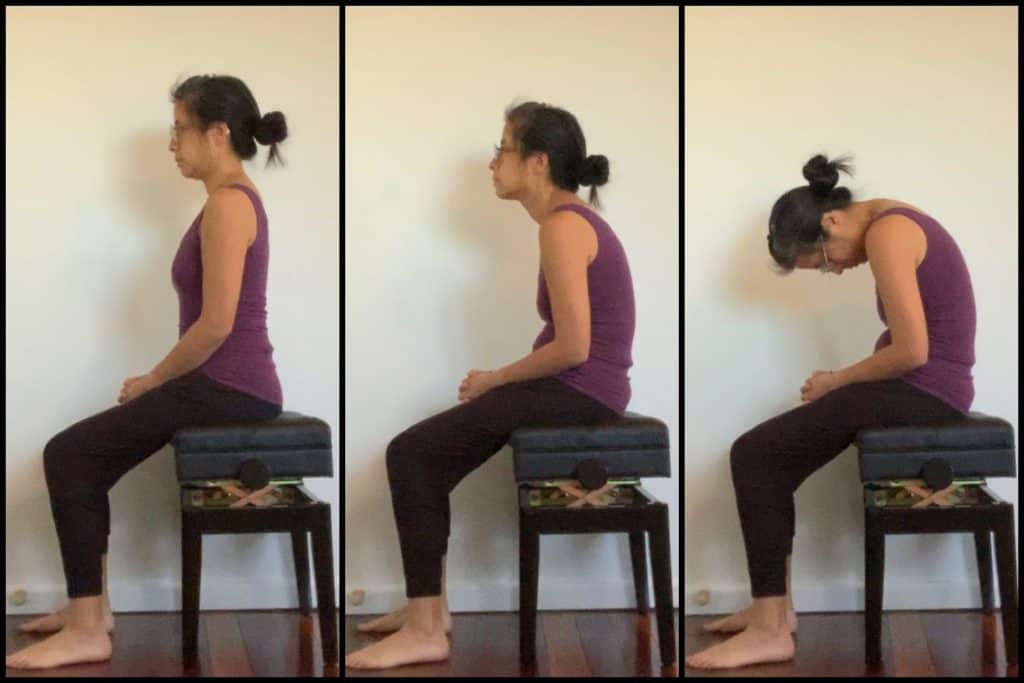
Optimal Position for Breathing
Left: Optimal position for breathing
Centre: Sub-optimal position for breathing
Right: Inefficient position for breathing
How A Strong And Nimble Back Makes Life Easy
Your back muscles are what maintain this relaxed, upright position, hence why they’re called erector spinae because they literally erect your spine! When your back is strong, it can sustain this upright position easier and for longer, just like when you have strong legs, you can walk longer and walk further; when you have strong arms, it’s easier to carry your groceries, when you have a strong back, it’s easier to stand, walk, bend, run, lift, speak, sing…etc. Simply put, having a strong back makes life easier and better!
OK, I get that having a strong back is good but why do I need a nimble back? Because your muscles can only work where your joints can go.
Your spine is incredibly robust and it’s made to move in a number of directions: bend, extend, twist, side bend. The thing about movement is if you don’t use it, you don’t get to keep it. Unless you have a regular habit of moving your spine in all these directions, overtime, you could start to lose your options! Mobility and strength go hand-in-hand, if you don’t visit these spaces, your brain starts to forget about them and your muscles that work in these spaces become lazy and weak. When you start to lose movement options and strength in your back, it becomes harder for you to assume an upright position and stay there. In practice, you might find yourself feeling stiff when you try to be upright, you get tired trying to stay upright, and you can’t stay comfortably upright for as long as you want.
If you don’t use it, you really don’t get to keep it. If you’re required to spend an extended period of time in the same position for any reason e.g. you work in an office, you teach sitting down, you play a musical instrument… etc, it is in your best interest to have a regular and consistent movement practice to maintain, or better still, improve your movement options and strength.
I hope you are now keen and excited to start limbering and strengthening your back! Remember, doing too much too soon is never a good idea, start with something easy and gentle and build from there, especially if it has been ages since you were last regularly physically active. Do what you can, listen to your body, and be consistent.
5 Easy and Gentle Back Movements to Try
Here’re 5 easy and gentle back movement you can try. These are my favourite kind of movement – multi-talented movement that achieves multiple objectives, in this case mobility and strength, all in one go.
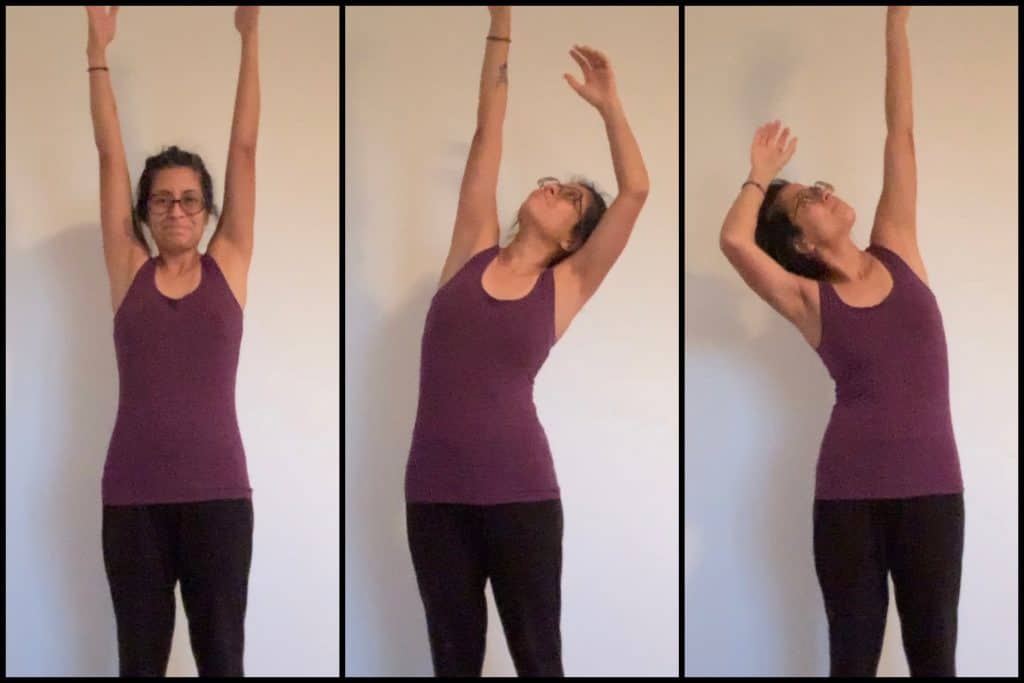
Star Picking
Start with both arms straight overhead then reach up as high as you can with one arm to pick a star from the sky and alternate. Pick 5 stars with each arm.
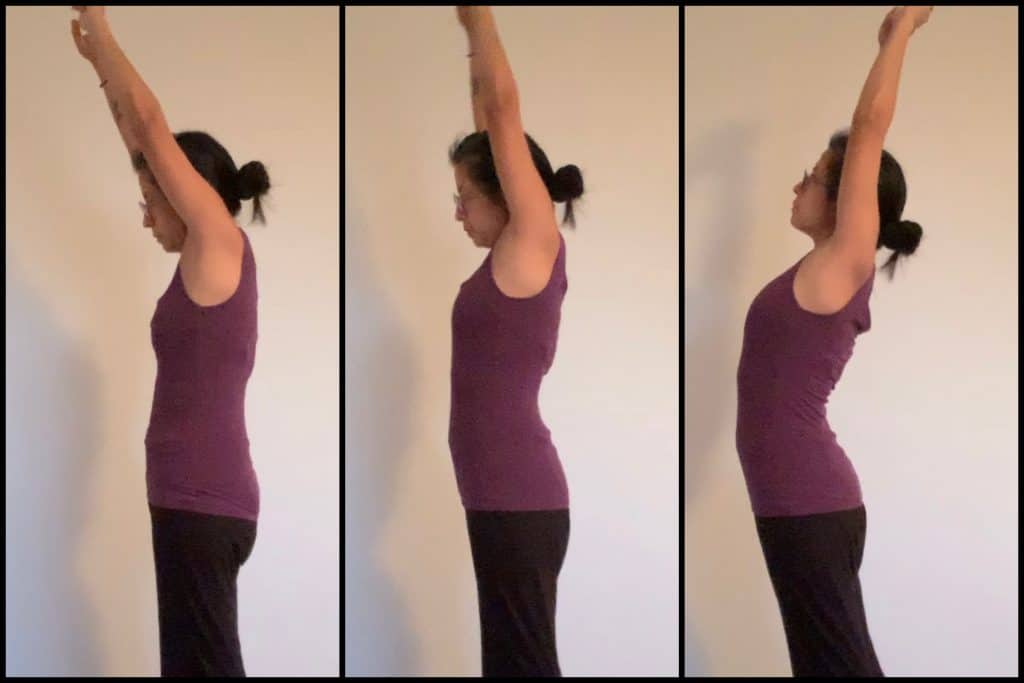
Overhead Back Extension
Hold your hands together with arms straight overhead, push your hands forward, up, and scoop backwards in a nice long arc, push hands up and scoop back to your starting position. Do 5.
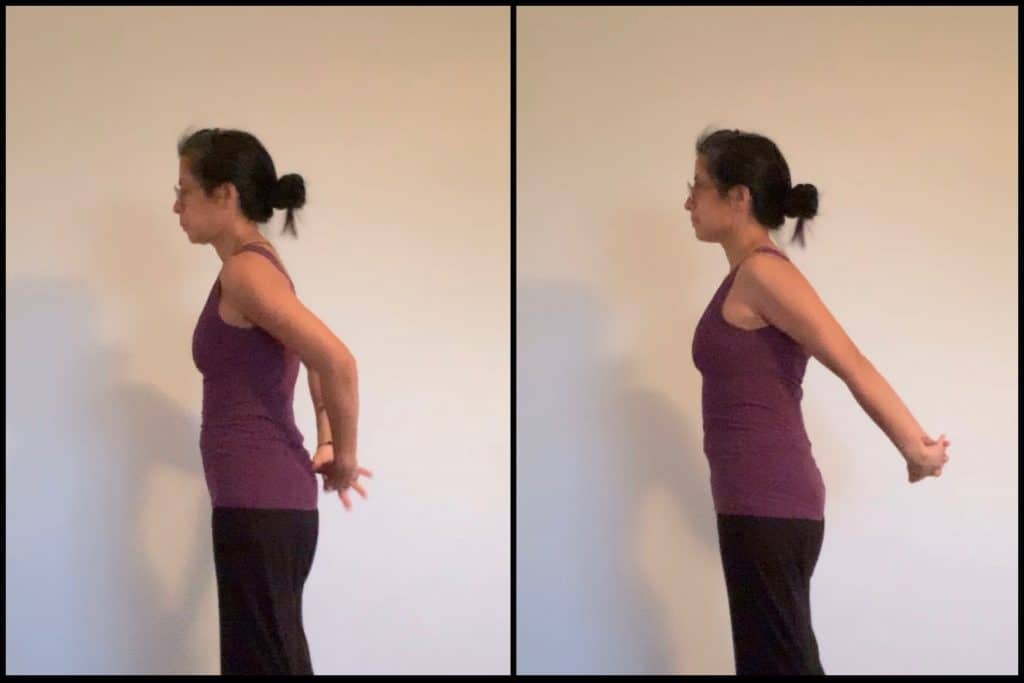
Hand-Behind-Back Lift
Hold your hands together behind you, roll your shoulders outwards and slowly lift your hands up as high as you comfortably can then lower. Do 5.
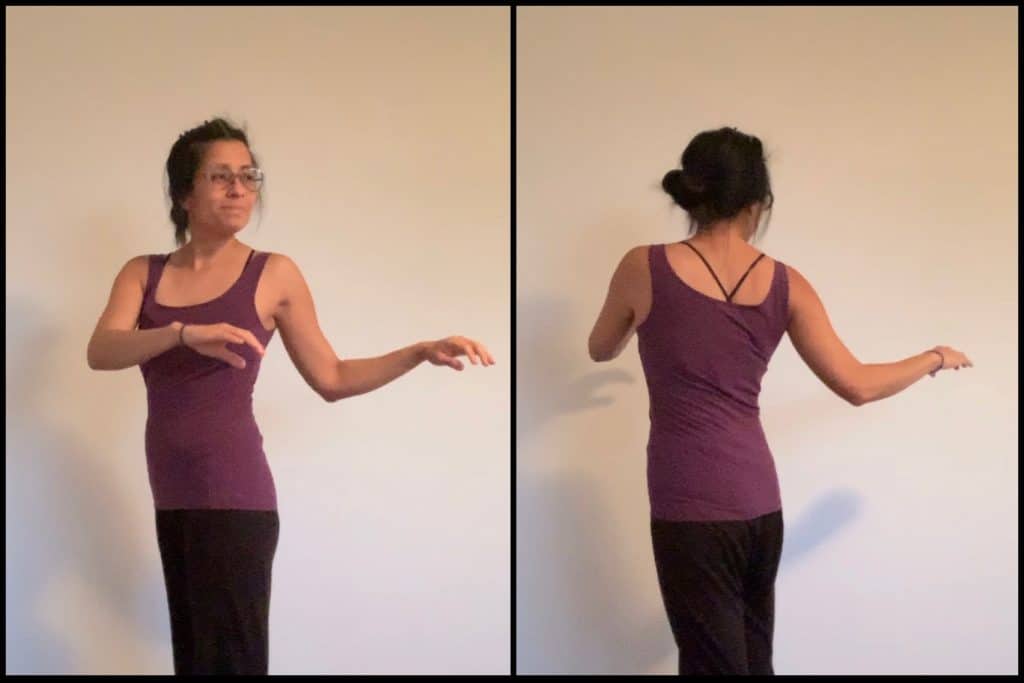
Body Twist
Stand with knees slightly bent and arms loosely in front, turn your chest to the left as far as you comfortably can, return to centre, then turn to right. Do 5 each side.
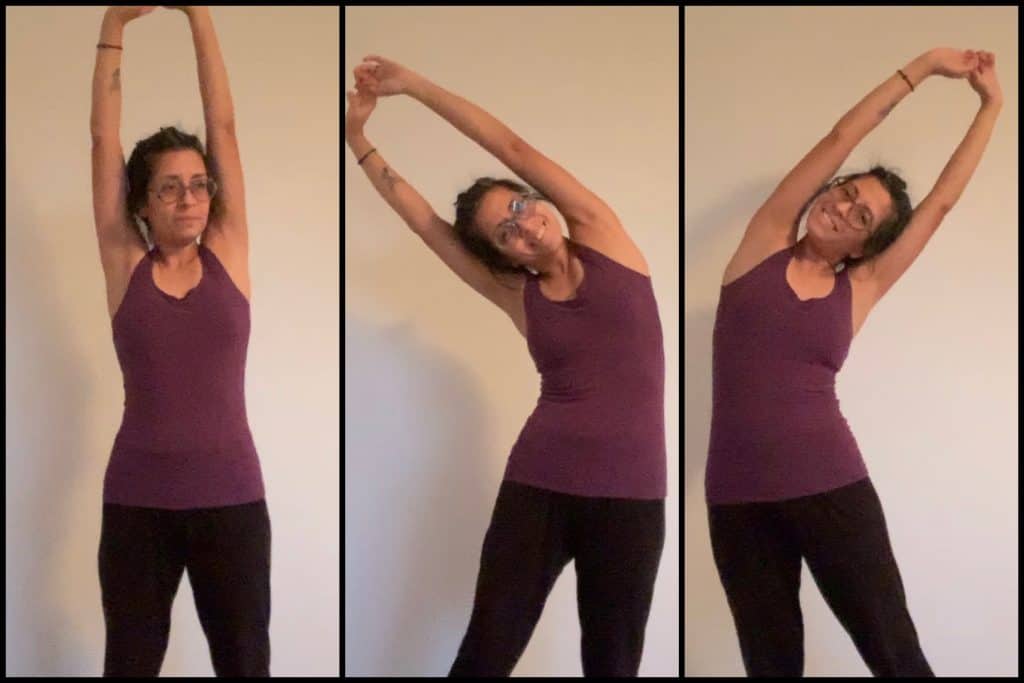
Side Banana
Hold your hands together with arms straight overhead then bend sideways as far as you comfortably can, return to centre, then bend to the other side. Do 5 each side.
An easy way to remember this is the 5 by 5 by 5.
5 movements, 5 times each (or per side), (build up to) 5 times a day.
Movement is fun, enjoyable, and feels good! If you’re unsure about any of these or it doesn’t feel right doing, please check in with your physio.
’Til next time, Be Free In Your Movement™.
x
Selina
B. Phty
This information is not medical advice. Got health concerns? Consult a real-life health professional.
Views are my own.
*Affiliate links. Your choosing to use these goes towards supporting my content creation. Thank you.

